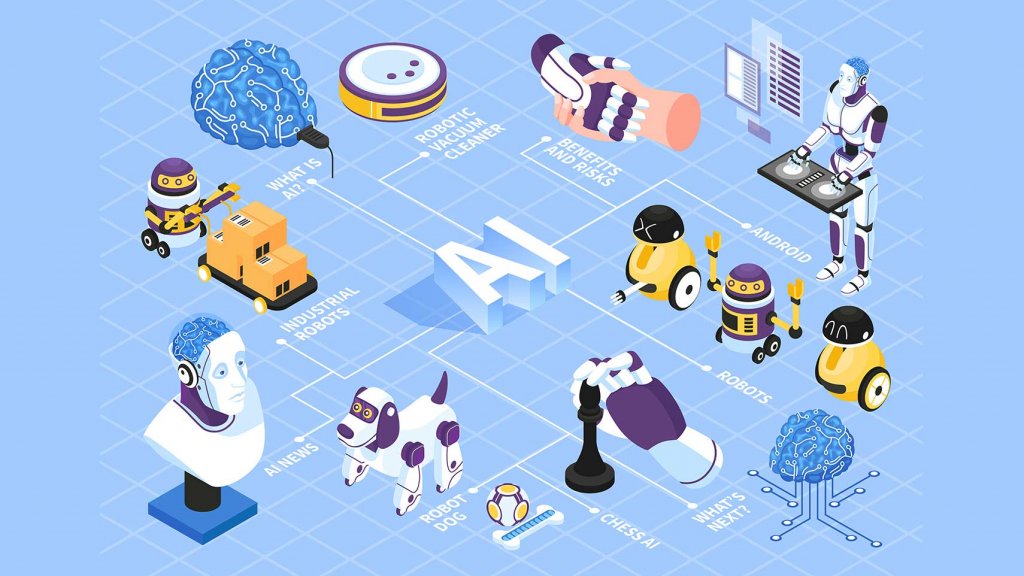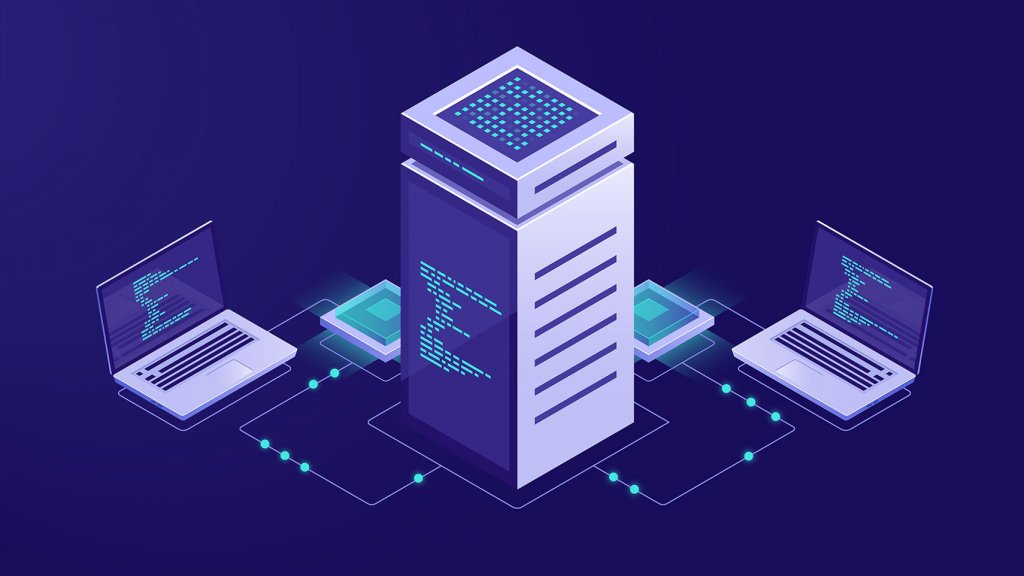
Data mining is indispensable in the activities to promote DX within the company. Cases of data mining linked with data analysis by AI are increasing in Japan and overseas. In this article, I will summarize the relationship between data mining and AI, and then discuss the importance of data mining in the business environment.
Table of contents
What are “data mining” and “AI”?
- Relationship between data mining and AI
- What you can do with data mining
- Typical data mining method
- Benefits of introducing data mining
- Key points when choosing a data mining tool
- If you want to introduce a data mining tool, leave it to the AI cloud service “UMWELT”.
- summary
What are “data mining” and “AI”?

What are data mining and AI in the first place? From here, we will explain from the basic knowledge for those who want to deepen their understanding of data mining and AI.
What is AI?
The word AI itself was coined by computer scientist Professor John McCarthy at the Dartmouth Conference held at Dartmouth College in the United States in 1956. AI is called artificial intelligence when translated into Japanese, and as the name implies, it refers to the methods and technologies that realize the brain equivalent to humans. However, just as it is difficult to define human intelligence in the first place, the definition of AI remains ambiguous. This is still often discussed, but it is generally defined as “being able to learn things” and “being able to perform tasks autonomously”.
What is data mining?
Data mining is a general term for methods for finding useful information from huge amounts of big data. With the dramatic progress of IT technology, it has become possible to hold not only companies but also a huge amount of personal data. Data mining is to discover useful information from such a huge amount of data. However, of course, the more information we handle, the more unnecessary information we have. Therefore, when doing data mining, you can finally remove noise from the data and prepare to make a hypothesis.
Relationship between data mining and AI

Have you got a general idea of data mining so far? From here, I will explain the relationship and difference between data mining and AI, and the types of data mining that are the prerequisites for understanding them.
There are two main types of data mining
Data mining can be divided into “hypothesis testing” and “knowledge discovery”. To understand the difference between data mining and AI, you need to start by knowing the two types.
・ Hypothesis verification
A data mining method that collects and analyzes the data necessary to solve the problem of making a hypothesis and verifying it, and clarifies whether the hypothesis is correct or not by a statistical method. “Decision tree” and “regression analysis” are used as analysis methods, and basically, hypothesis testing of correlations and causal relationships is performed from a limited amount of data.
・ Knowledge discovery
A method of grasping new patterns and trends from accumulated data. The feature is that machines automatically present useful information without humans making hypotheses. It is effective for big data and is widely used for machine learning and deep learning.
AI is useful for data mining
There is a deep relationship between data mining and AI. AI automatically captures patterns and trends from big data through machine learning, so analysis results can be obtained without preparing hypotheses. Such machine learning is used in knowledge-discovery data mining, which leads to the characteristic that “no hypothesis is required”.
What is machine learning that is indispensable for AI?
As mentioned above, one of the technologies of AI is machine learning. In machine learning, machines find patterns and rules from big data and formulate them into rules. Humans can use the results to make decisions, recognizes, and make predictions. In addition, well-known deep learning is also a type of machine learning, and it is a technology that improves accuracy by discovering and setting patterns and rules in data by the machine itself and repeatedly learning.
What you can do with data mining

So far, we’ve looked at the relationship between data mining and AI. From here, we will explain in detail what you can do with data mining and the merits of performing data mining.
Probability prediction
By performing data mining, it is possible to find out the relationship between data and events, which leads to the discovery of causal relationships. You will also be able to predict results based on that causal relationship. For example, by data mining the sales data of past products, it is possible to predict the products to be bought and their time.
Classification of information
Classification based on conditions is also one of the things that can be done by data mining. For example, you can classify products according to whether or not they are interested in them, or further classify them from those who are interested in them. This grouping is a useful function for marketing.
Discovery of relationships
Relevance discovery is the search for correlations from the large amount of data collected. Data mining also allows you to discover new relevance that you couldn’t find before. For example, if you have a product that sells in the winter, you can analyze the data to find out “the common points of each product”, and find new relationships to make it easier to formulate a strategy.
Typical data mining method

There are various types of data mining, and each has its own strengths and weaknesses and its advantages and disadvantages. Here, we will explain them in detail.
Market basket analysis
This analysis method is a method of finding products that are frequently purchased at the same time and analyzing the correlation between the data, and is also called association analysis. You can use this to take actions such as placing them close together once you know the trends of the products you buy together. In fact, the recommendation function of the EC site proposes another product to the purchaser based on this analysis.
Cluster analysis
Clustering is a type of unsupervised learning and is a common learning method. Clustering is a method of classifying data on a feature space into multiple classes.
Cluster analysis is a method that divides survey results into groups (clusters) of similar ones and is useful for marketing, etc., and can be divided into two types: “hierarchical cluster analysis” and “non-hierarchical cluster analysis”.
-Hierarchical cluster analysis
Hierarchical cluster analysis is a method of grouping from the most similar ones and gradually dividing them into smaller clusters. However, it is not suitable for big data analysis because the results will be unclear unless the number of analysis targets is several tens or less.
-Non-hierarchical cluster analysis
Non-hierarchical cluster analysis does not have a hierarchical structure, and even if there is a lot of miscellaneous data, it is possible to collect and analyze objects with similar properties. Therefore, it is suitable for big data analysis.
Logistic regression analysis
Logistic regression is a model for solving classification problems. When an input is given, it outputs not only which class the input is classified into, but also how likely it is to be classified. For example, in a two-class classification, this model predicts the probability that an event will occur, and if the probability is greater than 50%, it will be classified into the class “an event will occur”, otherwise “an event will not occur”. It is classified into the class.
Decision tree analysis
Decision tree analysis is a data mining method used for the purpose of prediction, discrimination, and classification. It is guided using a tree-like model, and people are branched and modeled according to their behavioral conditions. Decision tree analysis is a development of this using machine learning. For example, there are various ways to utilize it, such as knowing the characteristics of customers from the purchase history.
Benefits of introducing data mining

So far, we’ve looked at data mining techniques. I think you know that you can play an active part in many scenes by having many methods. So, from here, I will talk in detail about the benefits of introducing data mining tools.
Discover challenges that lead to business success
By analyzing the details of customers, sales, and products, you can find a way to increase sales. In the past, we may have had to rely on intuition and experience, but by using AI instead, we will be able to perform more performance-based effect prediction and effect measurement. By using data mining, you will be able to more reliably promote sales of products purchased together and measures for sleeping customers.
Reduce the time and cost of analyzing vast amounts of data
It takes a lot of labor and time to manually find business issues from a huge amount of big data. Introducing data mining there eliminates the need to spend labor and time on data acquisition and analysis, leading to operational efficiency.
Detect and prevent risks that lead to loss in advance
The laws found in data mining can also be used to improve quality control. For example, in the manufacturing industry, it is possible to collect data on equipment failures and investigate conditions and trends in which failures are likely to occur. If you can understand them, the improvement will reduce the number of failures and eventually lead to the improvement of quality.
Key points when choosing a data mining tool

If you understand how to use data mining and actually start considering the introduction, what should you choose from among the many data mining tools? Here, we have summarized the points to consider when introducing a data mining tool.
Clarify the purpose of use
When choosing a data mining tool, it is important to clarify the purpose of use. This is because there are various purposes for incorporating tools, such as improving work efficiency and discovering business opportunities, and the appropriate tools themselves will change accordingly. There is a high possibility that the introduction will fail with unclear motives such as “because other companies are doing it” and “because it is not in time”. Data mining is all about analysis, and how to utilize the analysis results is important.
Identify the analysis target
In data mining, it is important to decide the analysis target according to the purpose. For example, for the purpose of “increasing the sales of a product”, the effectiveness of the obtained result depends on “what” and “how” to analyze. For example, if the purpose is “clarification of products that users can easily purchase at the same time”, “products” should be set as the analysis target. In addition, if the purpose is to “promote smooth purchases and increase sales,” “user behavior leading up to purchases” will be analyzed. In this way, as a matter of course, the analysis target differs depending on the purpose, and it is necessary to identify the appropriate one.
Whether it is easy to operate
Operability should also be important when choosing a tool. If you introduce a tool, you should also intend to improve the efficiency of your business. However, if the operability is low and it is difficult to operate, it will also lead to a decrease in business efficiency. Therefore, operability is one of the important criteria for choosing a tool.
If you want to introduce a data mining tool, leave it to the AI cloud service “UMWELT”.
Among the many data mining tools, the recommended tool is UMWELT, a no-code AI cloud developed by TRYETING. It is an AI cloud service that can be used in a wide range of fields such as demand forecasting, shift management, inventory management, material development, and DX. UMWELT itself has a wide range of functions necessary for AI introduction and construction, such as a function that simplifies data preprocessing, which accounts for 80% of the AI introduction process.
summary
In this article, we explained in detail about the topic of data mining, from the basics to the merits of introducing it. If you are interested in introducing a data mining tool, please consider TRYETING’s UMWELT.

